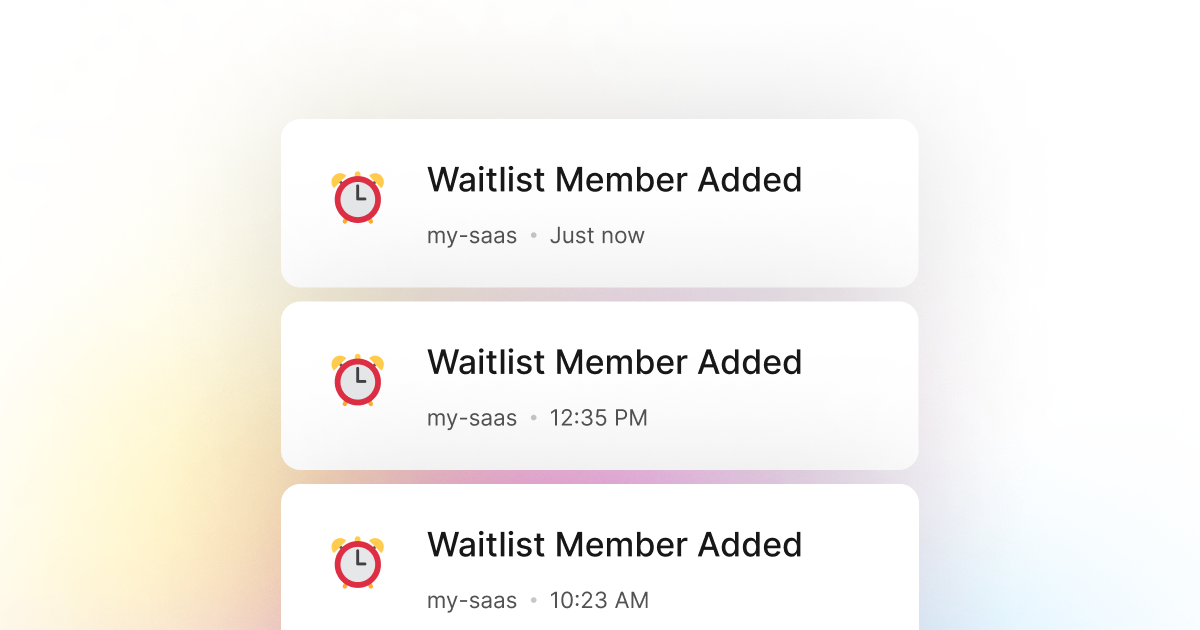Say you have just come up with a great new product idea, and you're seriously considering turning it into a real product. Or maybe you have been working on a product for a while and are almost ready to launch it.
Usually, for both of these cases, developers create a prelaunch landing page before launching the product and set up a waitlist to collect user emails and monitor the demand for the product.
The prelaunch landing page is a great way to get your product idea out to the world and to get people interested in your product or idea. It also allows you to gather user feedback and get their input into your product.
LogSnag makes it easy to set up and track a prelaunch waitlist for your product or idea using R. It is a simple event tracking tool that allows you to track, analyze and create reports from your waitlist data.
Setting up LogSnag
- Sign up for a free LogSnag account.
- Create your first project from the dashboard.
- Head to settings and copy your API token.
R code snippets
Simply use the following code snippets to send your waitlist signup events to LogSnag. Make sure to replace the YOUR_API_TOKEN with your API token and update the project and channel names.
Using R with httr
Using R with RCurl
R integration details
LogSnag is a use-case agnostic event tracking tool that allows you to track almost any event, such as prelaunch waitlist signups or beta signup for a new feature or product. It works seamlessly with R and is very easy to use.
In addition, with LogSnag, you can create charts and analytics from your data. For example, you may create a chart showing the number of daily or monthly waitlist signups for your product.
You may also create funnels to track the conversion rate from your waitlist signups to paying customers. You will also be able to generate user journeys for your users and see how they use your product once they get access to it.
LogSnag is also available on desktop and mobile and allows you to receive real-time notifications when your waitlist signups are added. You may also decide to receive push notifications for any other events that you may want to track from your R code.
Other use-cases for LogSnag
- Monitor your CI/CD build status for your R application
- Monitor your CPU usage in your R application
- Monitor when database goes down in your R application
- Monitor high disk usage in your R application
- Monitor when a user changes their email address in your R application
- Monitor failed logins in your R application
- Monitor failed payments for your R application
- Monitor memory usage in your R application
- Monitor MySQL downtime in your R application
- Monitor when a new feature is used in your R application
- Monitor your Postgres downtime in your R application
- Monitor Redis downtime in your R application
- Monitor suspicious activity in your R application
- Monitor when a user exceeds the usage limit for your R service
- Monitor when a user is being rate limited in your R application
- Get a notification when your R code is done executing
- Send push notifications to your phone or desktop using R
- Track canceled subscriptions in your R application
- Track your R cron jobs
- Track when a file is uploaded to your R application
- Track when a form is submitted to your R application
- Track payment events via R
- Track user sign in events in R
- Track user signup events via R

